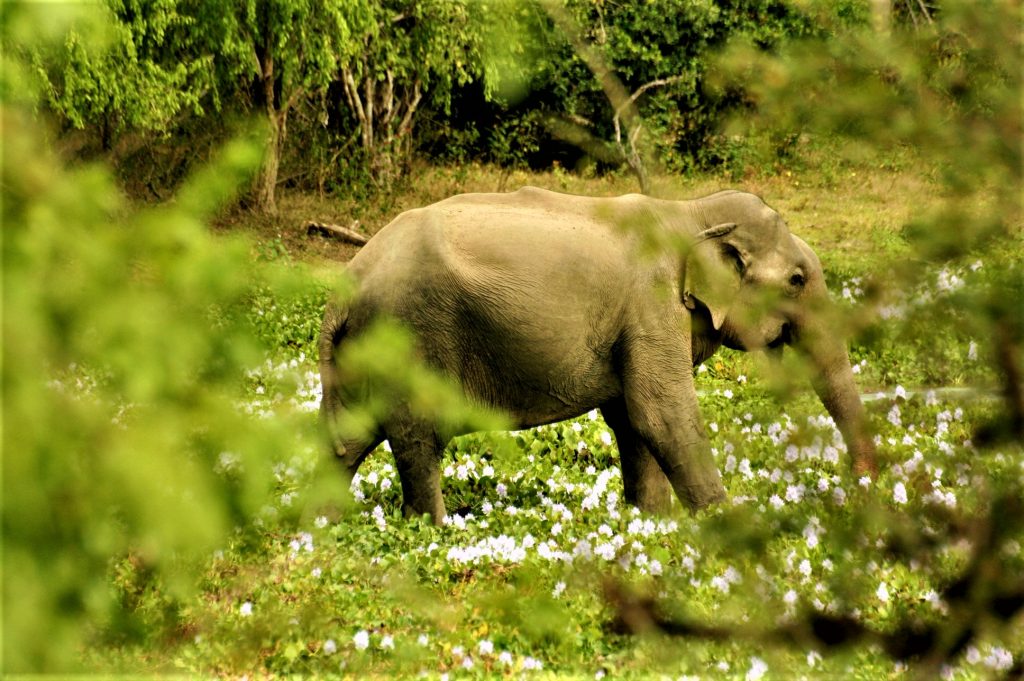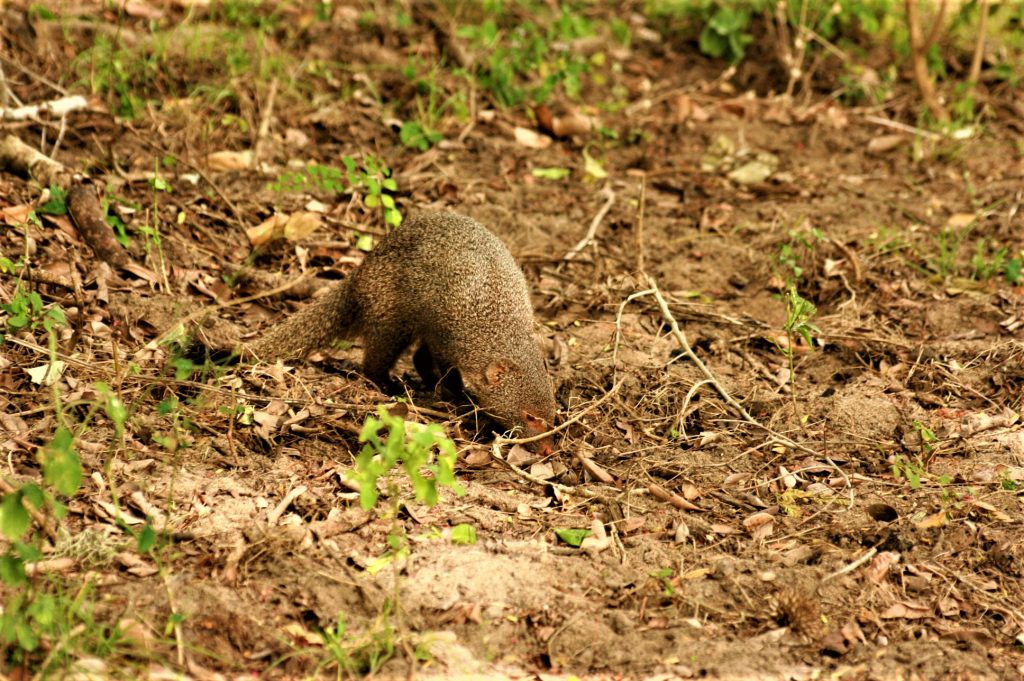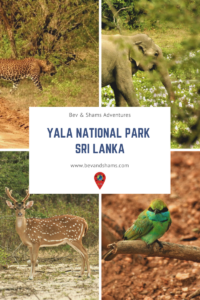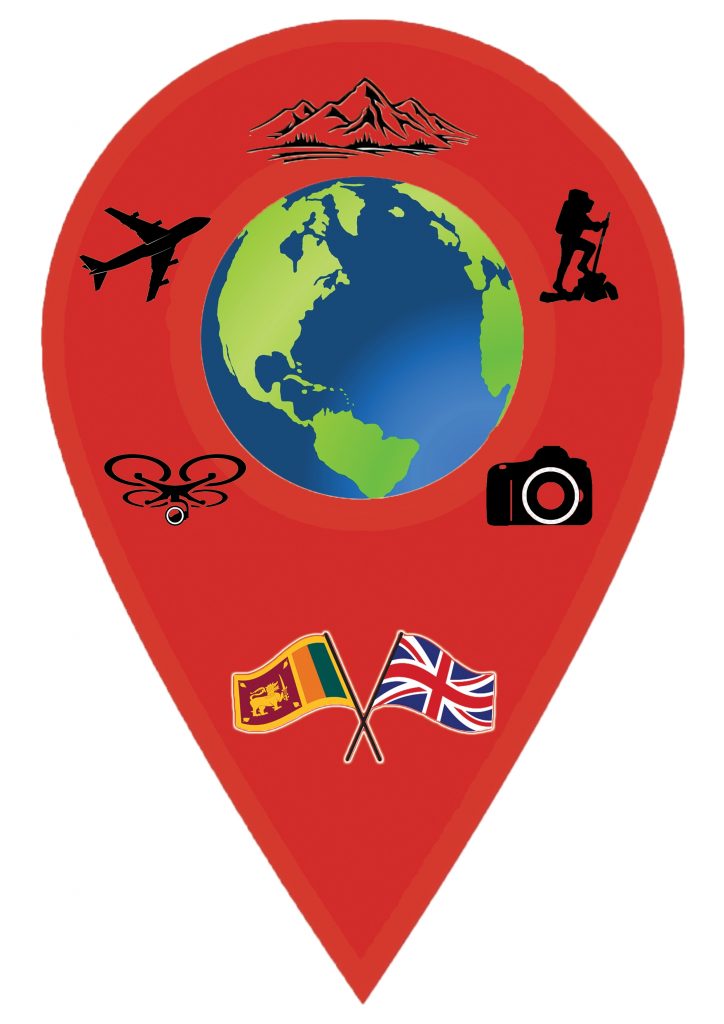Yala National Park, Sri Lanka
Where to start with Yala, well this was our first safari we had been on but it was amazing! You have to arrive early and you will spend the whole day searching for wildlife, so you do need to be patient. This is a great place to come and explore the wildlife. We would definitely recommend a safari and would do it again. Whether you are a wildlife lover or a virgin to safari then Yala is a great place to start, with so many different species of birds, crocs, deer, and plenty of wild elephants and not to mention the leopards and the very rarity of a black bear. Yala is one of many national parks within Sri Lanka. We went for the whole day, but you can go for the safari for half a day, however we personally believe that this is not long enough as you may miss out on seeing some of the wild animals. We saw most of the animals in the short distance, however the tracker can get you closer to the elephants, but be careful as some may charge at the vehicle or even scrounge for food. We used a jeep and a tracker, which is the only way really to get around the park along with it being the safest. The tracker can also take you to the beach location which is in the park, this is a very surreal feeling, as you can see the foundations of building that once stood before the 2004 Tsunami hit.
There are a small number of places to stay in Yala, you will mainly find bungalows, but there are a small handful of hotels. The bungalows are a more of a budget stay, our bungalow was quite large. we were travelling in a big group so we had a large bungalow and worked out to be relatively cheap. We had a family with an annex off to the side of the bungalow, in which they caterer for us.
While on safari, there might be times when you cant get up close to the wildlife. This is were Outdoor Binoculars will come in handy. With good binoculars, you’ll be able to admire these beautiful animals without disturbing them.
There’s a wide variety of wildlife from all around the world, you can continue your wildlife journey, by exploring rainforest animals.

Getting around
If you are travelling by public transport, the closest town is Kataragam, and then you need to find the mode of transport from there. As we travelled in a group, we hired a van and a driver who stayed with us for the stay. This is easier and will be cheaper as you can then split the costs between the group.
Places to eat
At Yala unfortunately you will find no resaurants or shops at the park, so best to get food before entering. Your place of stay may make you a lunch pack to take with you. The local town will be the only other best time to grab some food for the trip.
Table of Contents
Continue your Sri Lankan travel planning, with these useful posts:
- Sinhala New Year celebrations
- Best places to visit in Sri Lanka
- Staple foods of Sri Lanka
- Temple etiquette
- Travel guide to Sri Lanka
- Things to do in Galle
- How to apply for a tourist visa to Sri Lanka
- 7 Best beaches in Sri Lanka
- Best places to eat in Colombo
- Best places to stay in Colombo

There maybe affiliate links within this article, using these links will not cost you anything extra.


